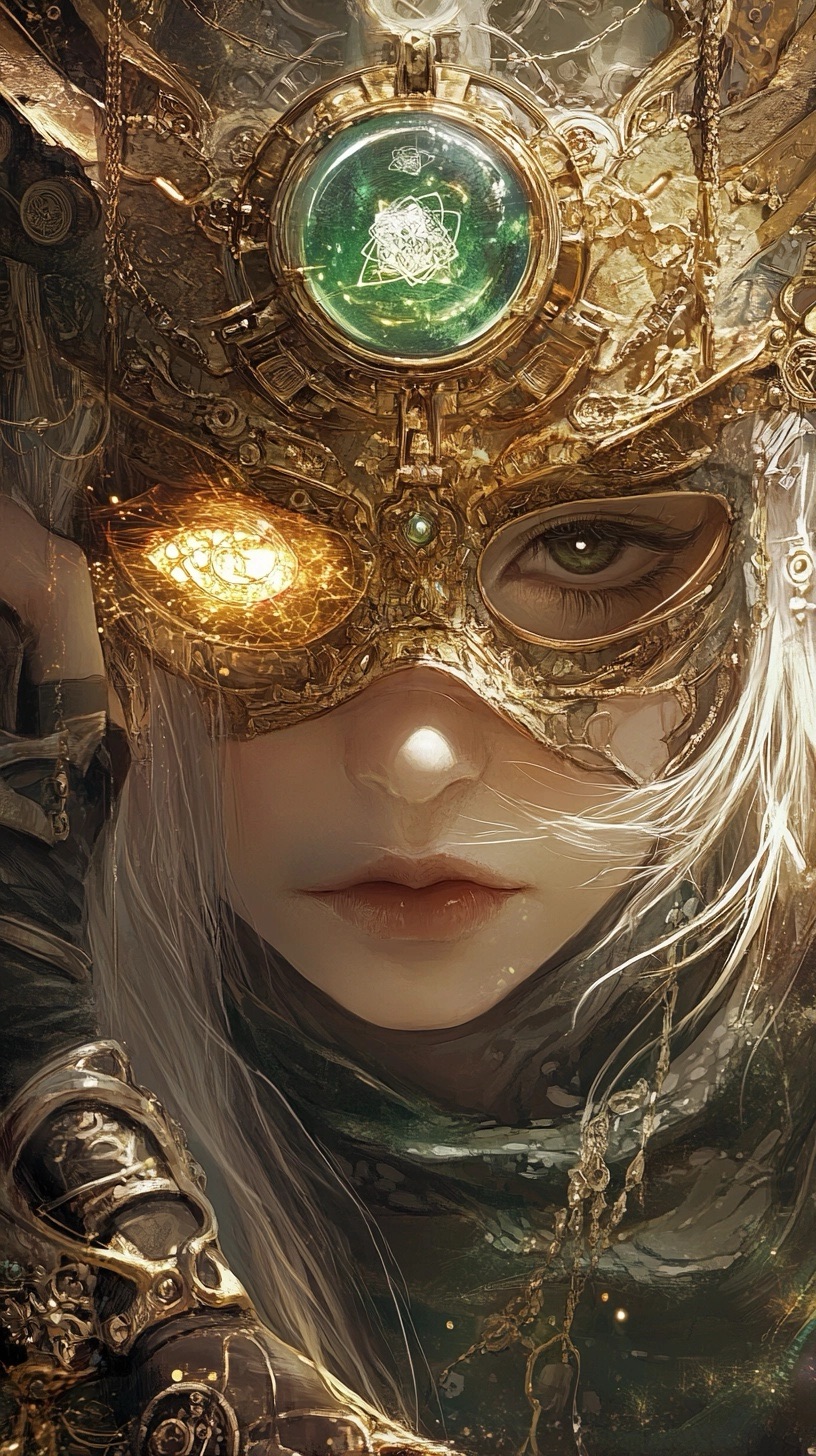
Storytelling has been a central aspect of human culture for millennia, transcending time, geography, and language. Yet, as much as stories entertain, educate, and inspire, their most profound power often lies in what is left unsaid. Symbols, especially those that are intuitively recognized, play a pivotal role in this narrative process. They are the keys to a deeper understanding, the undercurrents that carry the weight of a story beyond the surface level. In this essay, we will explore the use of intuitive symbols in storytelling, their significance, and how they can be masterfully woven into narratives to evoke emotional and intellectual responses.
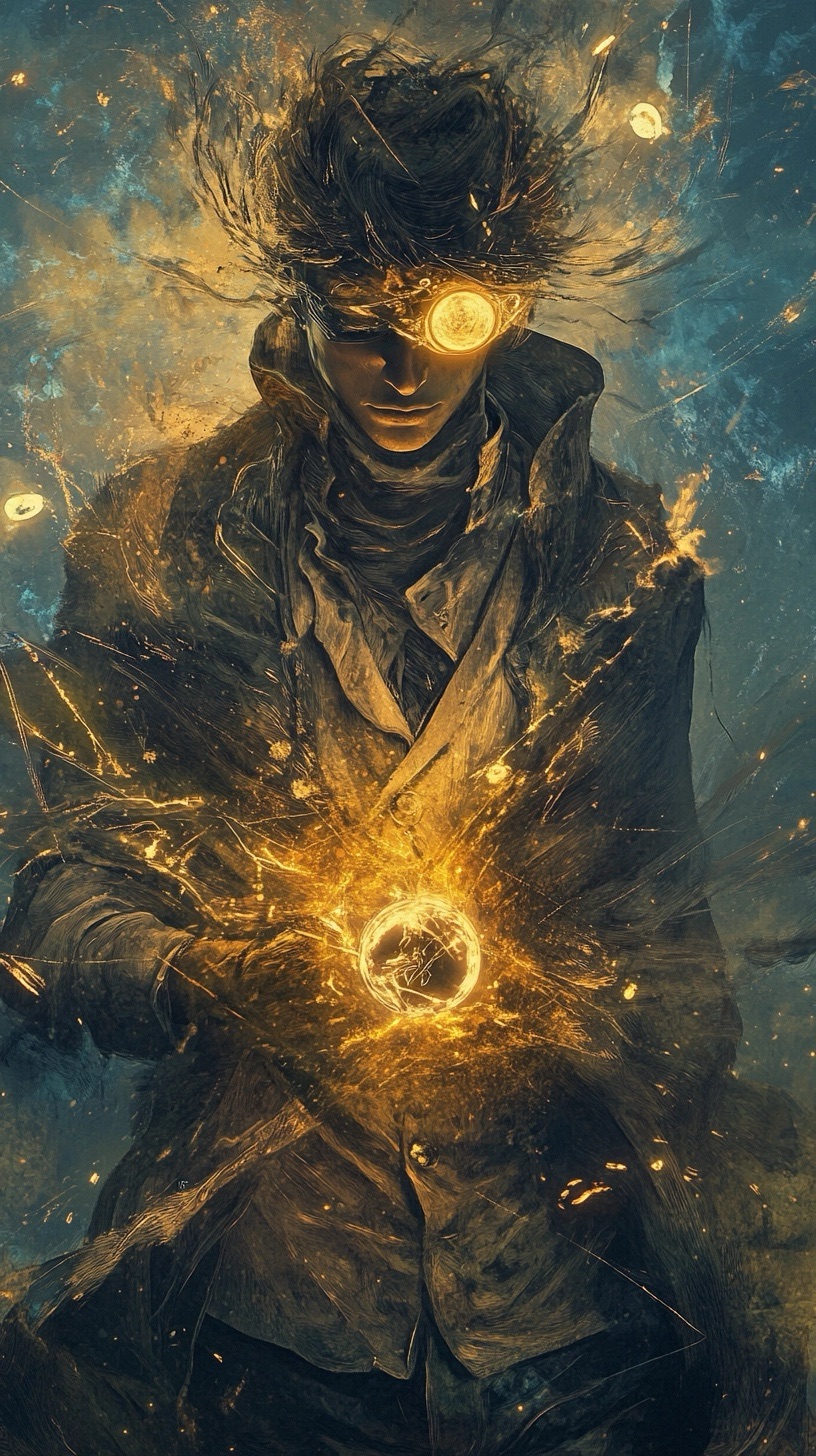
The Nature of Symbols in Storytelling
Symbols in storytelling are not mere decorative elements; they are the narrative’s DNA. A symbol’s power lies in its ability to convey complex ideas and emotions in a way that words alone cannot. For instance, the color red might symbolize love, danger, or even death, depending on its context within the story. A recurring motif of a bird might represent freedom, the soul, or a harbinger of change. These symbols resonate with the audience on a level that is often subconscious, making the story richer and more impactful.
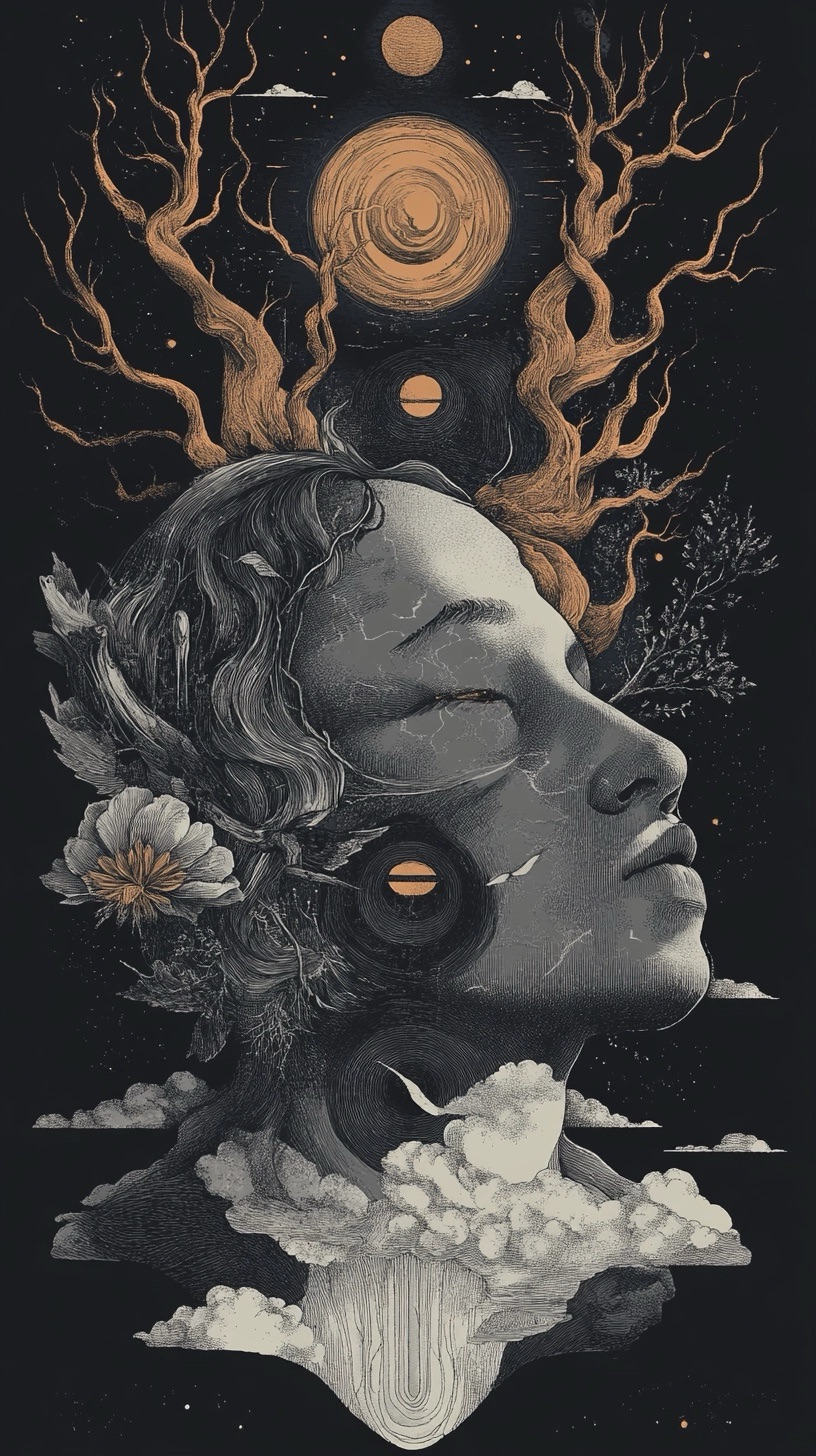
What Makes a Symbol Intuitive?
An intuitive symbol is one that is universally or culturally recognized, requiring little to no explanation. These symbols tap into the collective consciousness, drawing upon shared experiences, beliefs, and emotions. For example, the image of a full moon might evoke feelings of mystery, transformation, or lunacy without the need for explicit description. The power of intuitive symbols lies in their ability to communicate these layers of meaning effortlessly, providing the audience with an almost instinctual understanding of the story’s deeper messages.

Cultural Universality and Specificity
While some symbols have a universal appeal, others are deeply rooted in specific cultural contexts. A cross, for instance, is universally recognized as a symbol of Christianity, but its meaning can vary significantly depending on cultural and individual interpretations. Understanding the cultural context is crucial for storytellers who wish to employ symbols effectively, ensuring that the intended meaning is conveyed to the audience.
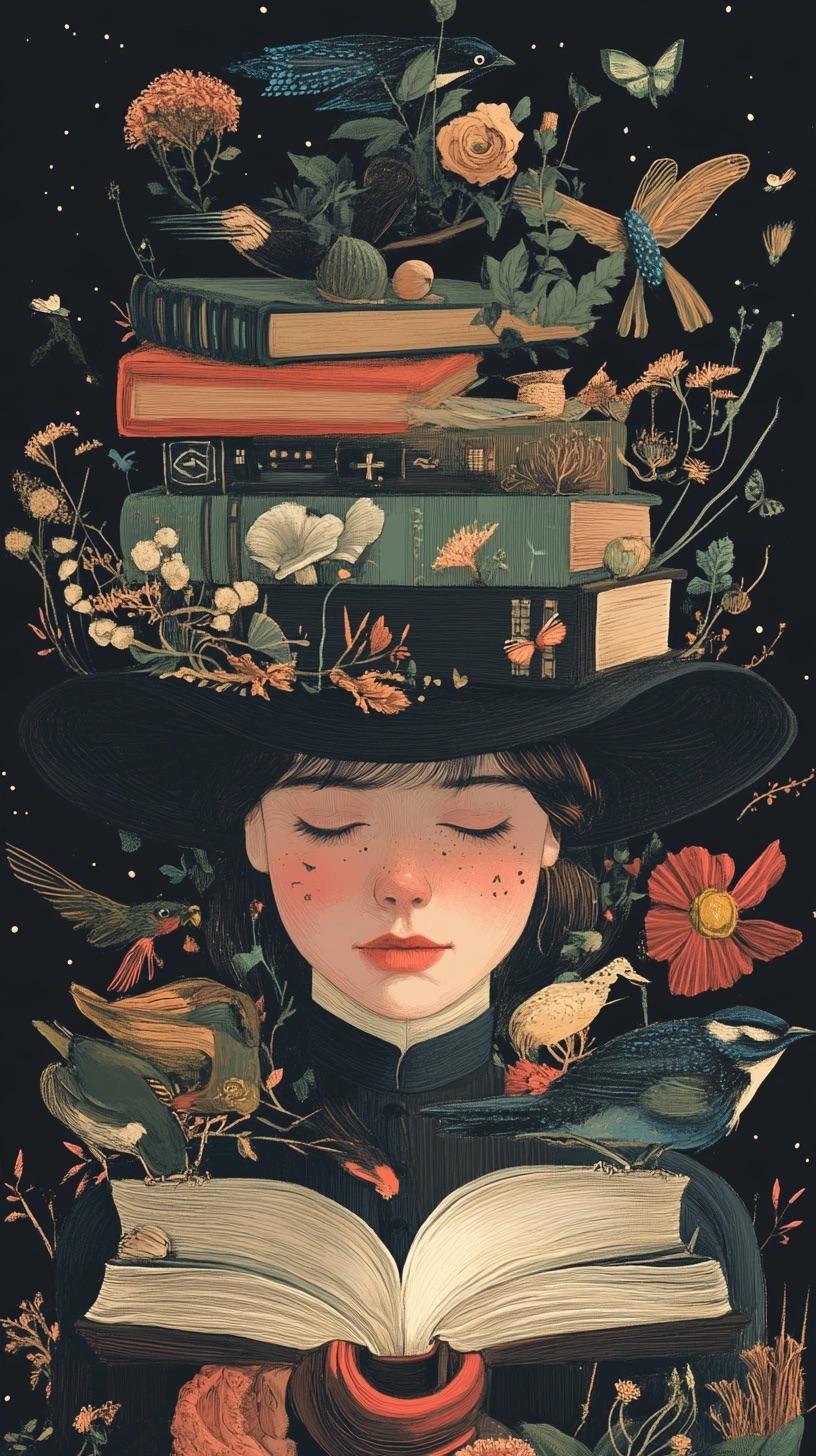
The Role of Intuitive Symbols in Evoking Emotion
One of the most powerful aspects of intuitive symbols is their ability to evoke emotion. They often bypass the rational mind and speak directly to the heart. This emotional resonance is what makes stories memorable and impactful. For example, in the classic tale of “The Great Gatsby,” the green light at the end of Daisy’s dock is a potent symbol of Gatsby’s unattainable dreams. The light’s persistent glow is not just a physical object but a representation of hope, desire, and the inevitable disappointment that comes with it. This symbol stirs the reader’s emotions without the need for lengthy exposition.
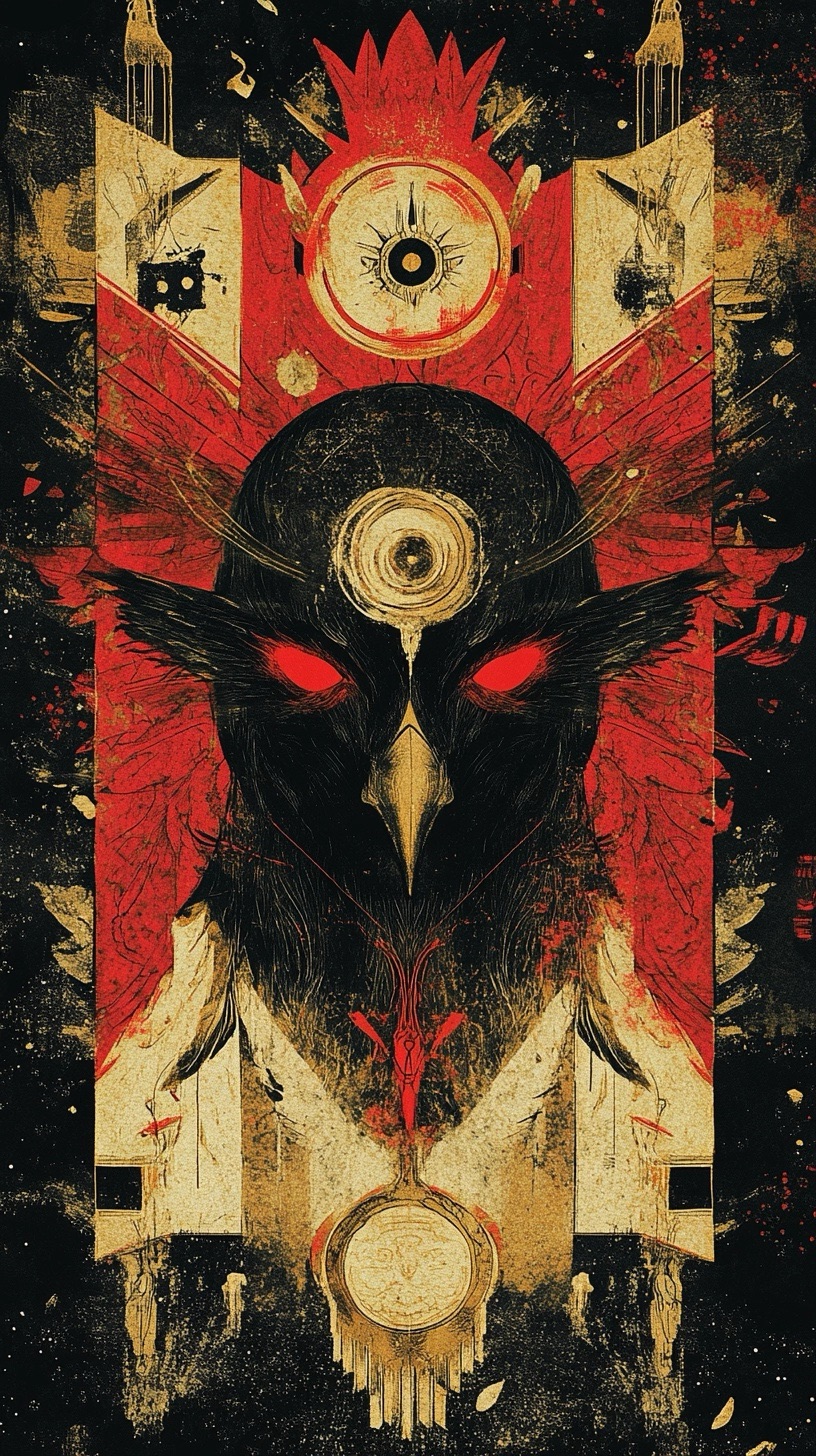
Symbols as Emotional Catalysts
In the realm of storytelling, symbols can serve as emotional catalysts, triggering specific feelings within the audience. Consider the use of weather as a symbolic element—stormy weather often reflects turmoil or conflict within a story, while clear skies might symbolize peace or resolution. These symbols, while seemingly simple, can amplify the emotional tone of a narrative, guiding the audience’s emotional journey through the story.
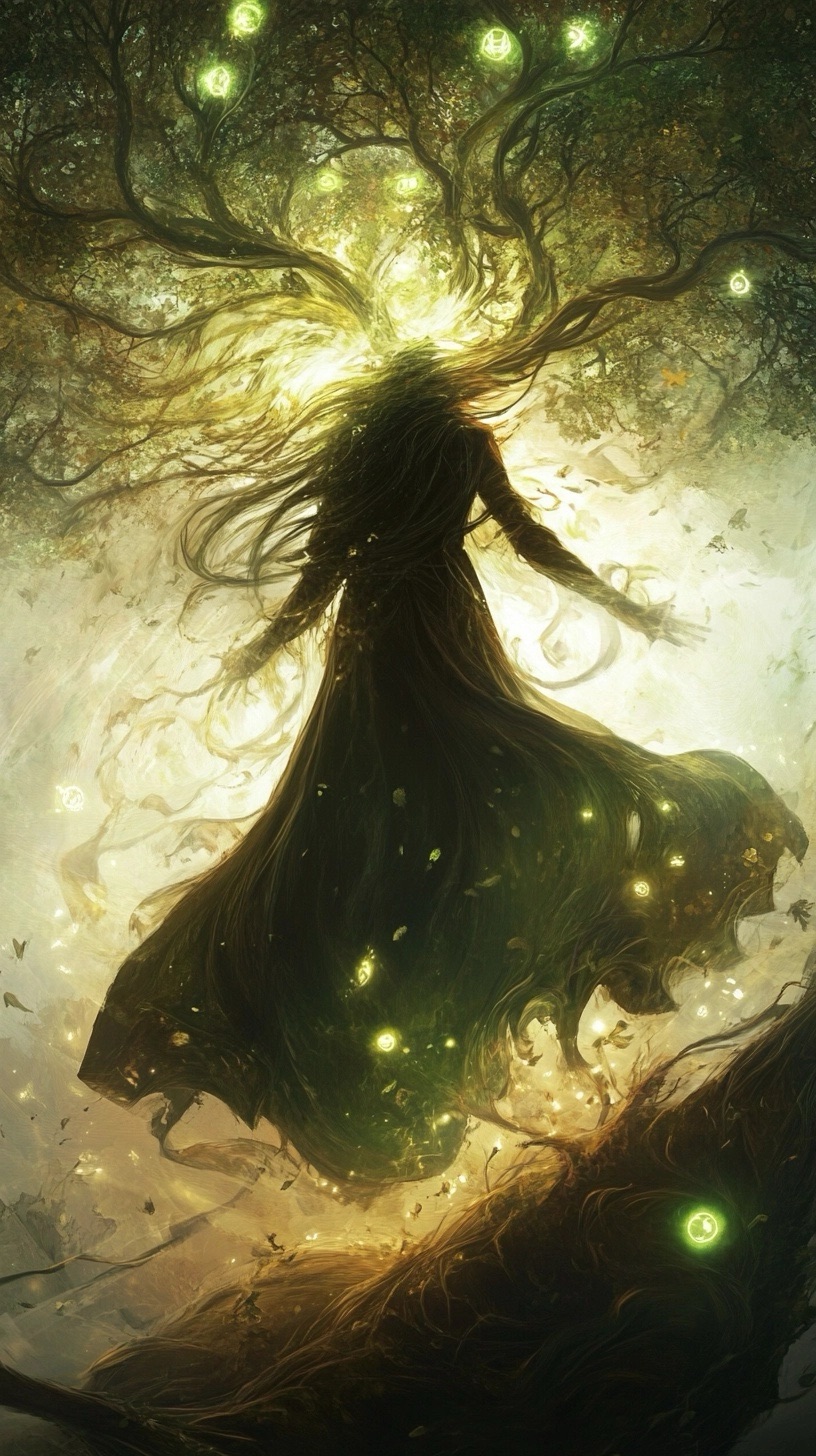
Creating Layers of Meaning
Intuitive symbols also allow for the creation of multiple layers of meaning within a story. A single symbol can carry different connotations for different characters, adding depth to the narrative. In “Moby-Dick,” the white whale is a symbol of obsession, evil, and the unknowable forces of nature, depending on which character’s perspective we consider. This multiplicity enriches the story, providing readers with various avenues to interpret and engage with the narrative.
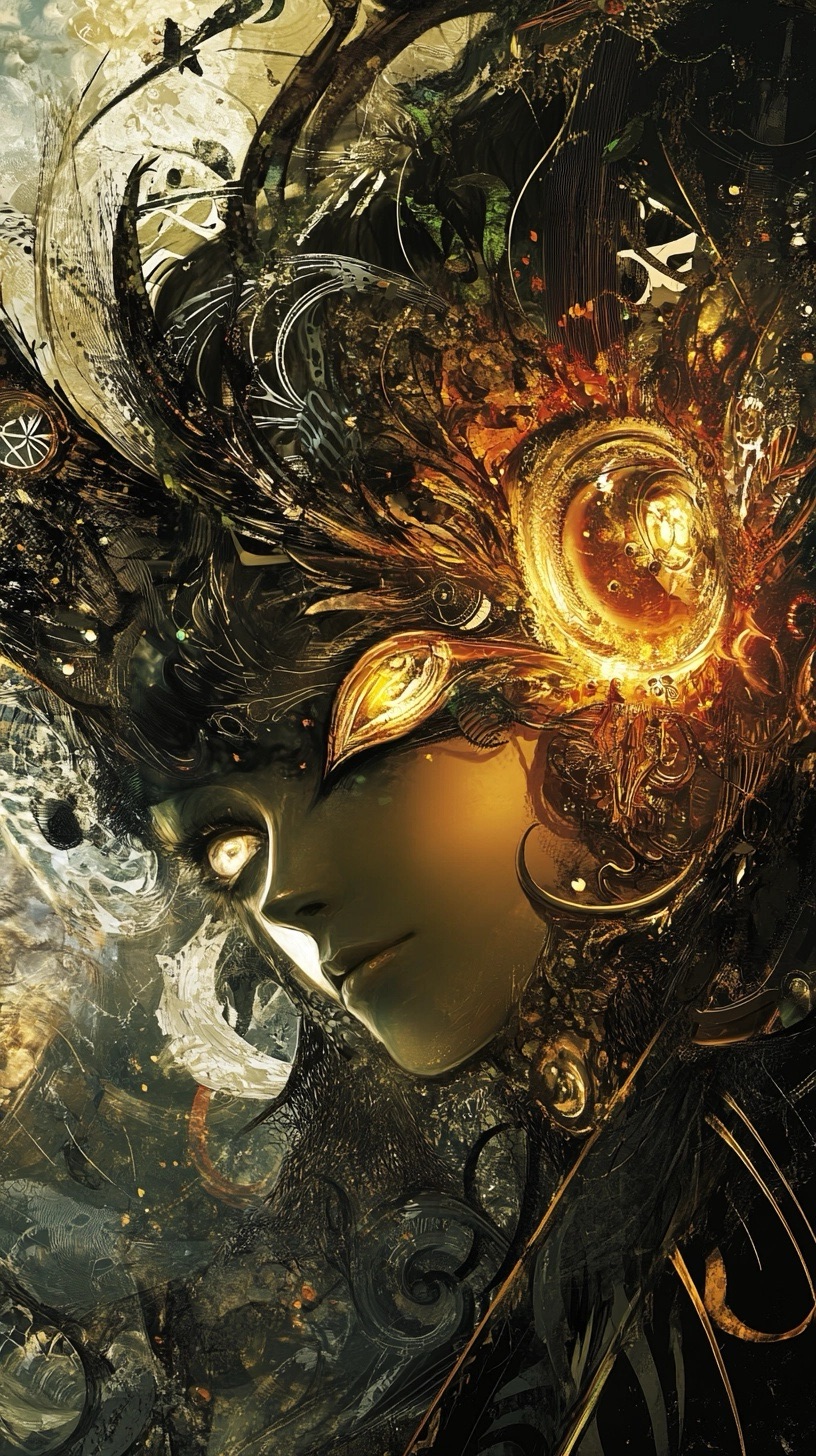
Crafting Intuitive Symbols in Modern Storytelling
While symbols have been a part of storytelling since the earliest myths and legends, modern storytellers face the challenge of creating symbols that resonate with contemporary audiences. The world today is saturated with images, signs, and logos, each carrying its own set of meanings. To cut through this noise, storytellers must craft symbols that are not only intuitive but also meaningful within the context of the narrative.
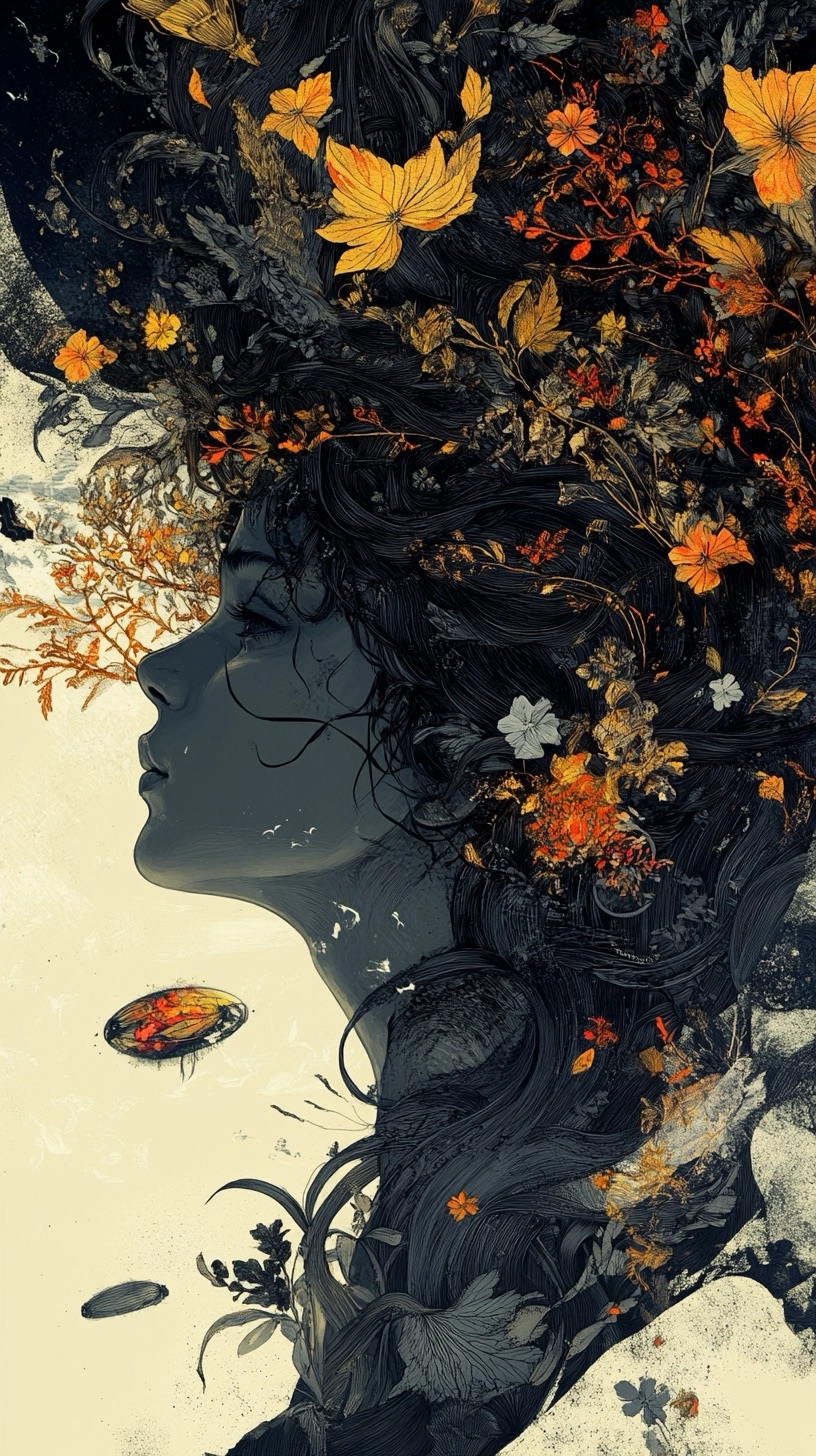
The Balance Between Subtlety and Obviousness
One of the key challenges in using symbols is striking the right balance between subtlety and obviousness. A symbol that is too obvious can feel heavy-handed, reducing its impact. On the other hand, a symbol that is too subtle might go unnoticed, failing to contribute to the story’s emotional and intellectual depth. The most effective symbols are those that the audience can recognize and interpret on their own, allowing them to feel a sense of discovery and connection with the story.
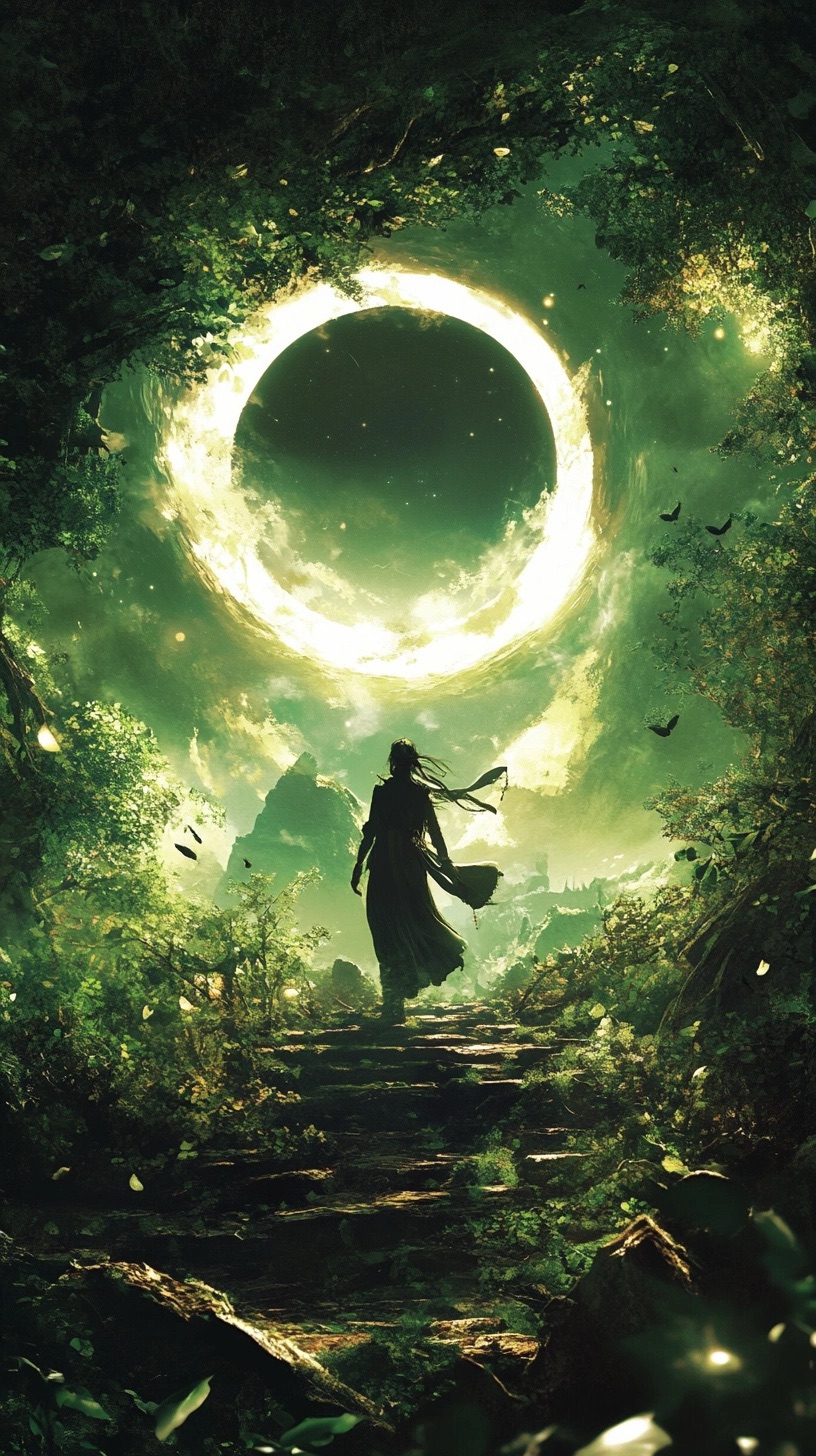
Integrating Symbols Seamlessly
Effective storytelling requires that symbols be integrated seamlessly into the narrative. They should emerge naturally from the story’s world, characters, and themes, rather than feeling forced or out of place. For example, in “The Lord of the Rings,” the ring itself is a powerful symbol of power, corruption, and the burden of responsibility. It is not simply an object of desire but a representation of the central conflict within the story. Its symbolism is woven so deeply into the fabric of the narrative that it becomes an inseparable part of the story’s identity.

Modern Symbols and Technology
In the digital age, symbols have evolved to encompass new forms, such as emojis, memes, and digital icons. These modern symbols carry their own set of meanings and cultural connotations, often changing rapidly as they are adopted and adapted by different communities. For storytellers, this presents both opportunities and challenges. On one hand, modern symbols can be incredibly effective in reaching contemporary audiences, especially younger generations. On the other hand, the transient nature of these symbols can make them less enduring, potentially limiting their impact over time.

The Psychological Impact of Symbols
Beyond their narrative function, symbols have a profound psychological impact on both the storyteller and the audience. They engage the mind on a deeper level, often triggering associations, memories, and emotions that might otherwise remain dormant. This psychological engagement is what makes symbols such a powerful tool in storytelling.
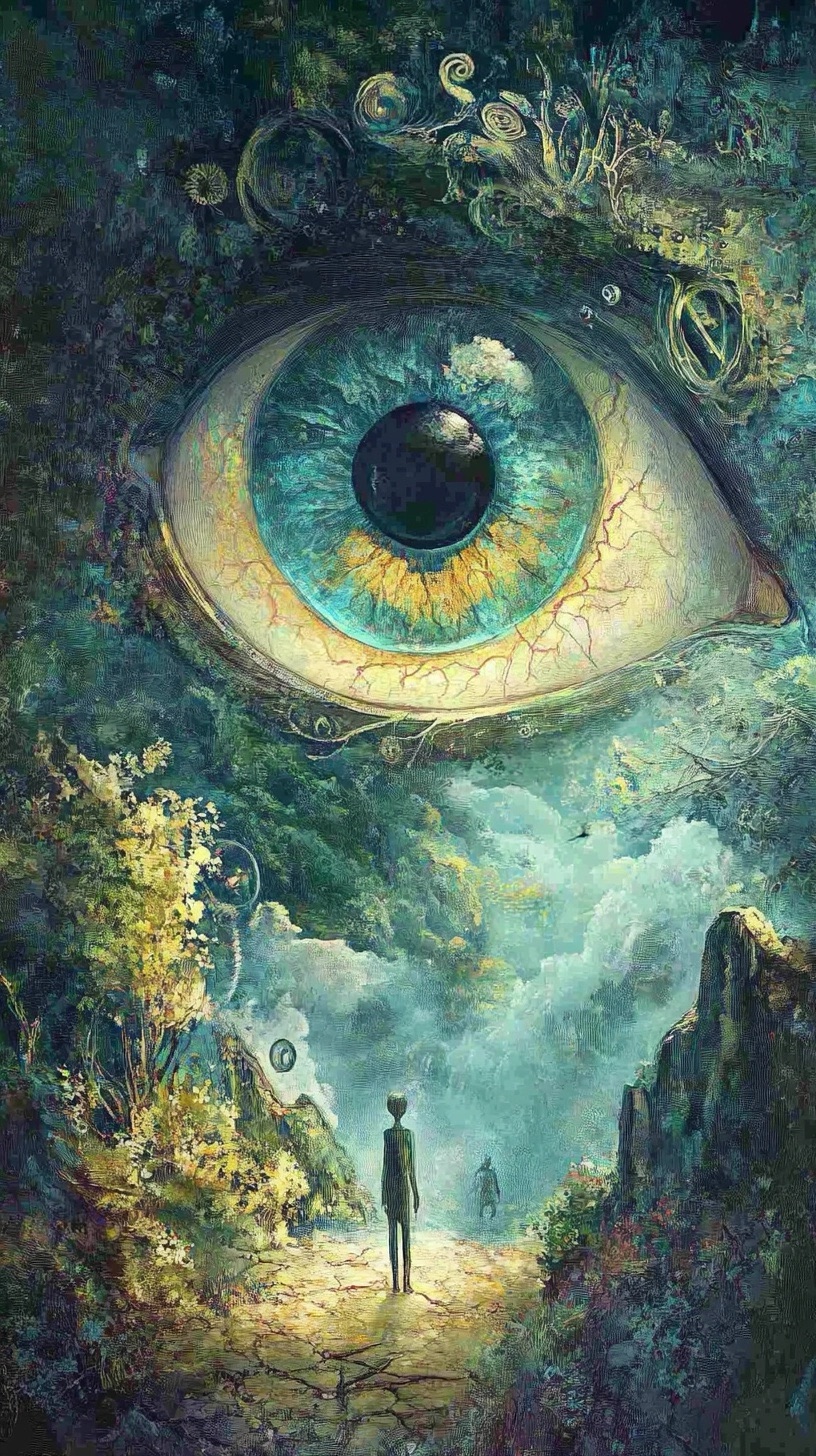
The Power of Archetypes
Many symbols in storytelling are rooted in archetypes—universal symbols that recur across cultures and time periods. Carl Jung identified these archetypes as part of the collective unconscious, representing fundamental human experiences and emotions. Examples include the hero, the mentor, the shadow, and the trickster. These archetypal symbols resonate with audiences because they tap into shared human experiences, making the story feel both familiar and profound.
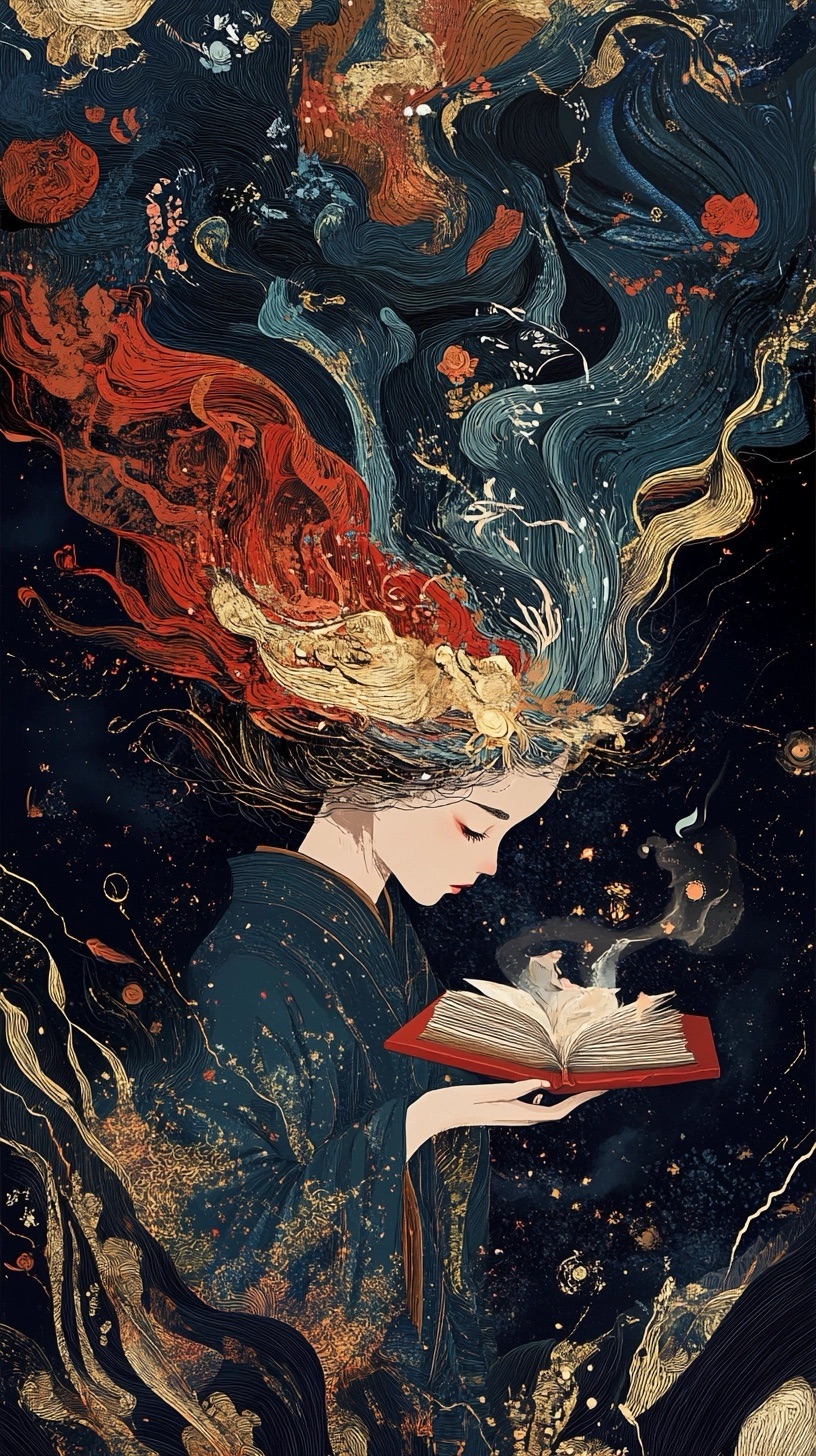
Symbolism and the Unconscious Mind
Symbols often operate on an unconscious level, influencing the audience’s perception and understanding of the story without their conscious awareness. This is particularly evident in the use of colors, shapes, and patterns in visual storytelling, such as in films or graphic novels. The use of a particular color palette or recurring geometric shapes can create a mood or reinforce a theme without the audience explicitly realizing it. This unconscious symbolism adds a layer of meaning that enhances the overall impact of the story.
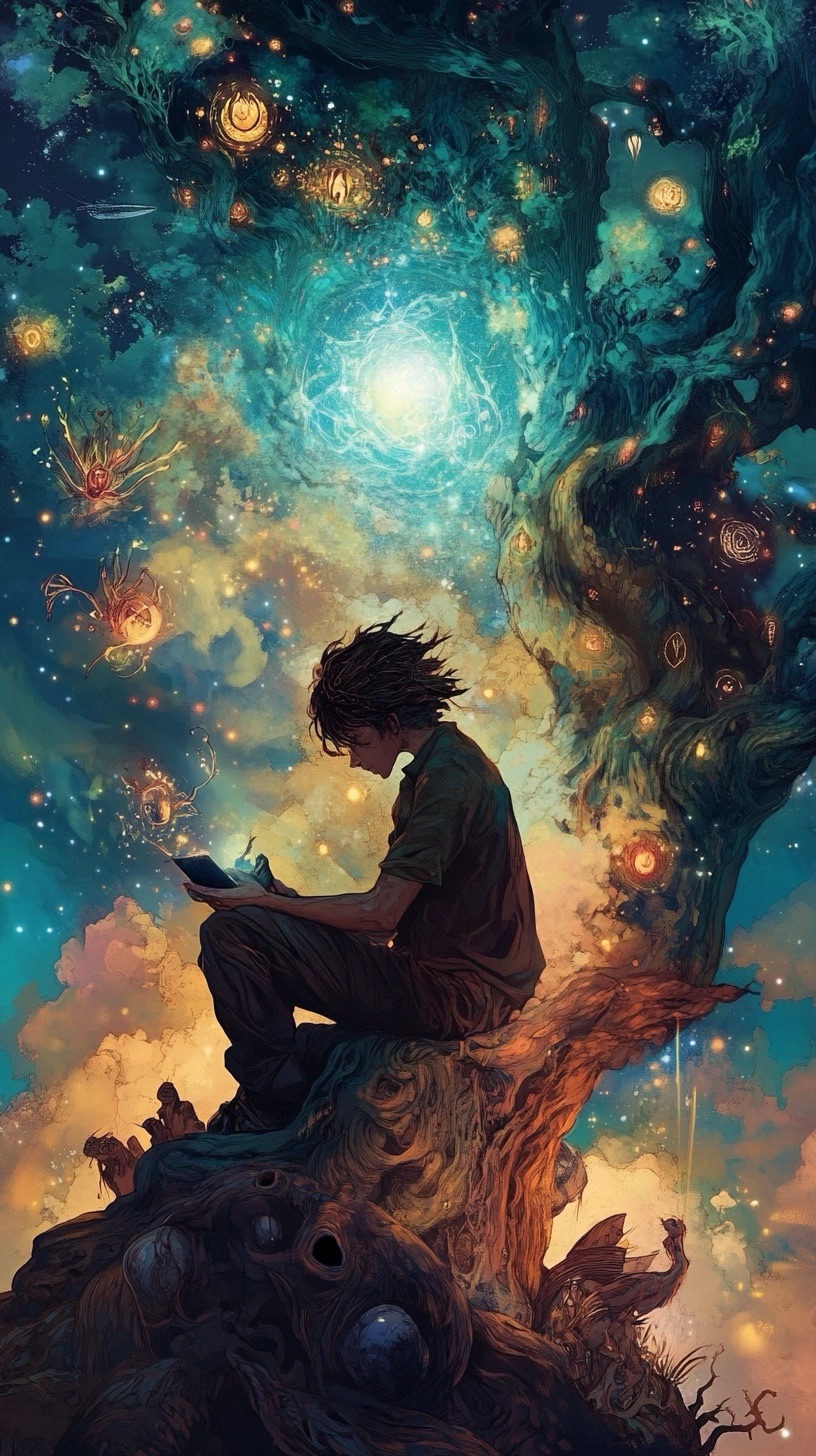
Conclusion: The Timelessness of Intuitive Symbols
Intuitive symbols are a testament to the power of storytelling to transcend words and reach into the very core of human experience. They are the silent communicators of meaning, the threads that weave together the fabric of a narrative. Whether rooted in ancient archetypes or modern digital culture, symbols have the ability to evoke emotions, provoke thought, and create connections that linger long after the story has been told.
As storytellers, understanding and mastering the use of intuitive symbols is essential for crafting narratives that resonate on a deeper level. It is through symbols that stories gain their timeless quality, becoming more than just tales—they become reflections of our shared humanity.
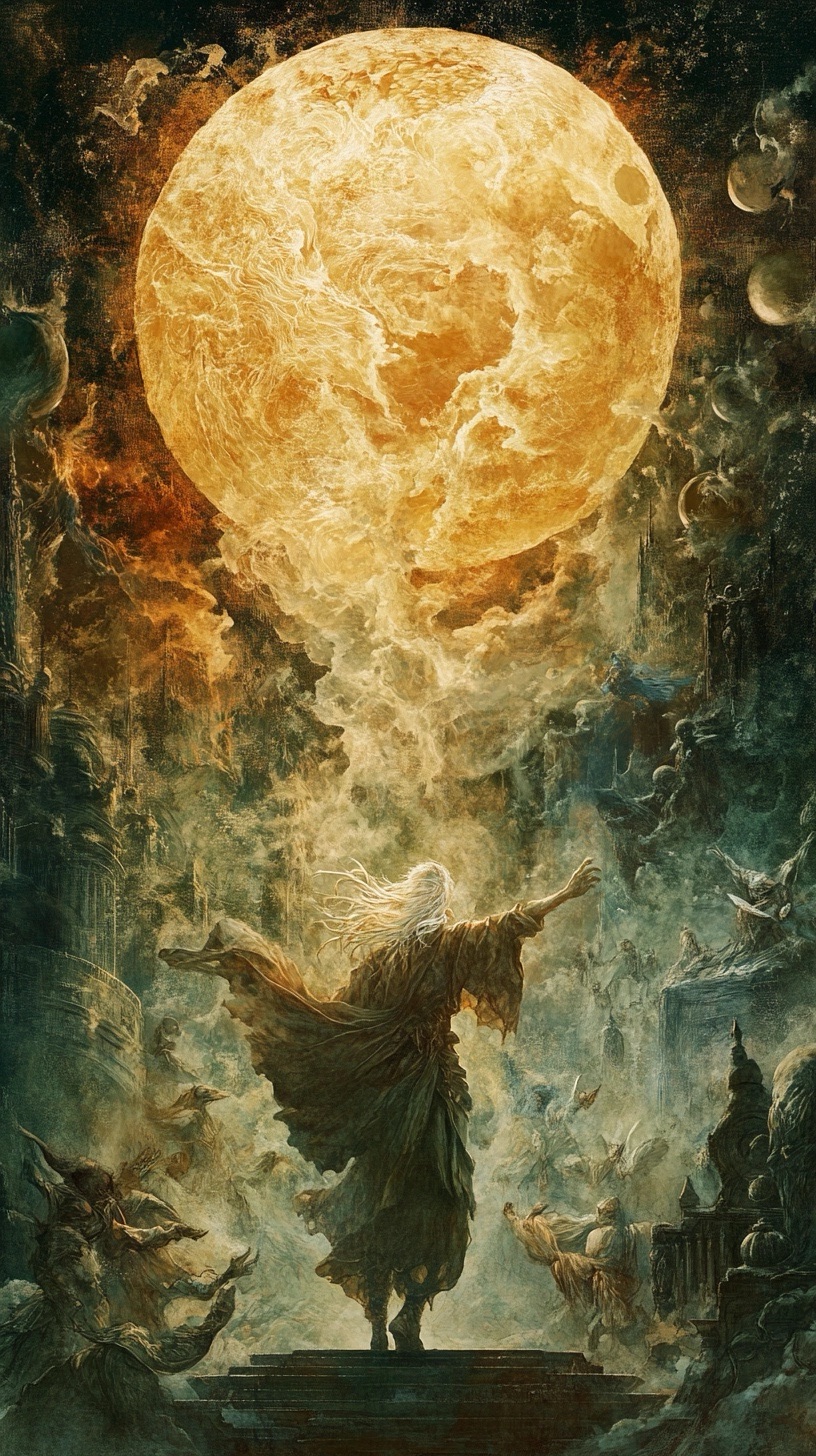
In the end, the most compelling stories are those that speak to us not just through the words on the page, but through the symbols that echo in our hearts and minds. These are the stories that endure, the stories that we carry with us, and the stories that remind us of who we are.
Leave a Reply